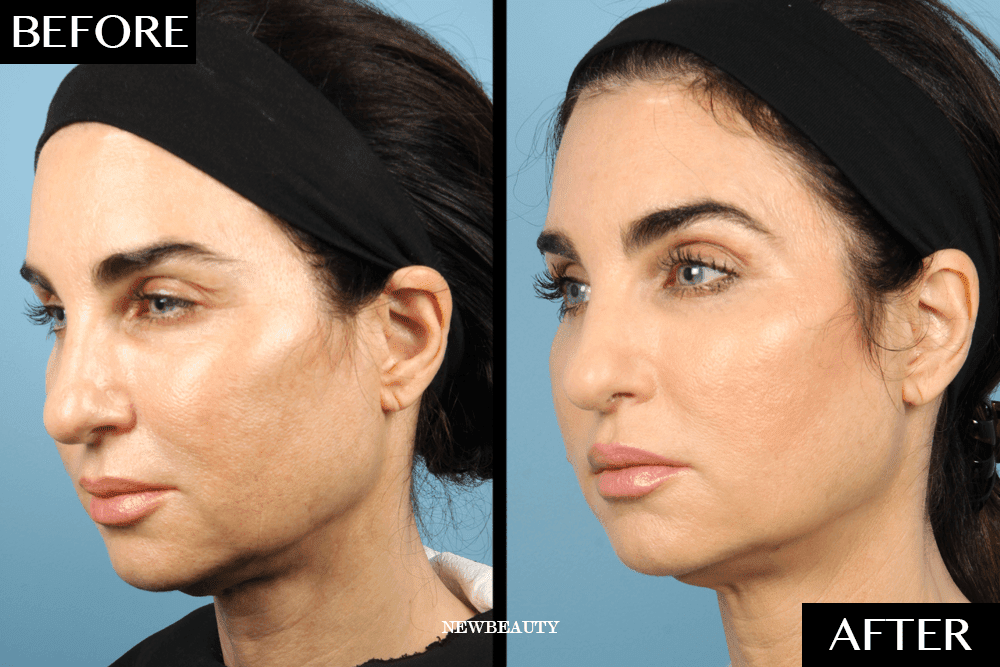
Cholesterol deposits in the eyes can cause discomfort and increase in size. They are non-toxic and do not require to be removed. Most patients who have cholesterol deposits around the eye also have dyslipidemia. This is when there are too many fats in the body. This condition can be treated by you. Here are the steps to take if you notice that you have cholesterol deposits around your eyelids.
Dyslipidemia can lead to xanthelasma
Dyslipidemia, a condition in which the blood contains too many fatty substances (lipids), is a common cause of xanthelasma in the eye. Dyslipidemia means high blood levels (good or bad cholesterol) and HDL (good cholesterol). People with xanthelasma often have high blood cholesterol. High cholesterol levels can lead to inflammation, and other problems.

Xanthelasma, also known as Xanthelasma eyes, is a condition that causes abnormal fat deposits to form in the eyelids. It can develop in people with primary or secondary hyperlipemia or in diabetics. It's usually characterised by yellowish spots on the inner side or lower eyelids. Although it is rare in the young, it can affect anyone. If you suspect that you have xanthelasma of the eye, you should consult your doctor immediately.
Lipoprotein deposits in eyes
The formation of lipoproteins in the eyes is a result of a number of processes. First, these lipids build up on the cornea, resulting in NV, opacification, and decreases in visual acuity. Second, they are formed when the underlying cellular structure is damaged and cannot properly function. These conditions can often be slow-progressing, and they are often caused multiple factors. There are two main types LK: idiopathic (which develops naturally) and secondary (which results from other conditions). In both cases, lipid accumulation is secondary to the systemic disease. Third, previous ocular traumas and diseases can cause lipid deposition.
Ocular lipid deposition occurs most often in corneal arcus. This is caused when phospholipids or cholesterol are deposited into the peripheral cornea. It is considered a normal part of aging. However, it could also indicate hyperlipidemia. You should have it checked out by a physician to rule out a serious eye condition.
Atherosclerosis may be caused by lipoprotein accumulations
An accumulation of cholesterol in blood vessels makes them narrower and harder to work with. Because these vessels need to be flexible and malleable, hardening them is detrimental to a person's health. The accumulation of cholesterol in the eyes is usually most common in people with a condition known as dyslipidemia, or too much lipid in the bloodstream. Those who develop eye deposits before age 40 should see a physician for a quick screening.

Atherosclerosis is preceded by an inflammation response from fatty deposits in eyes. Inactivity can cause lipid accumulation in the bloodstream. As a result, xanthelasma can develop around the eyes, which can lead atherosclerosis. Although there are many causes, xanthelasma is most often genetic. This condition can be caused if there are genetic conditions that increase bloodstream lipid levels. Most cholesterol comes from animal products, such as meat and dairy. Cholesterol helps the body build cell membranes and make hormones. It also aids in the digestion process of fats.